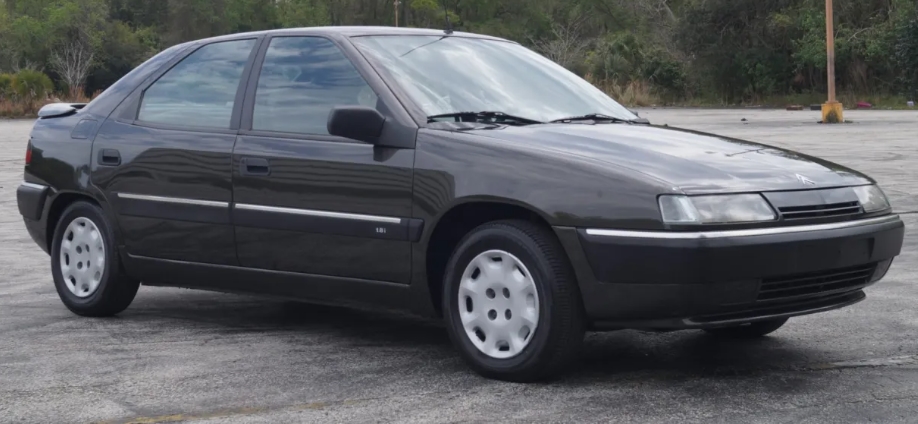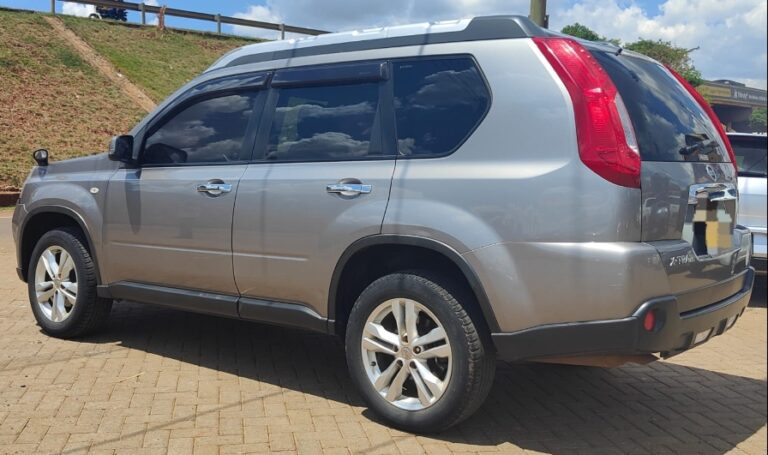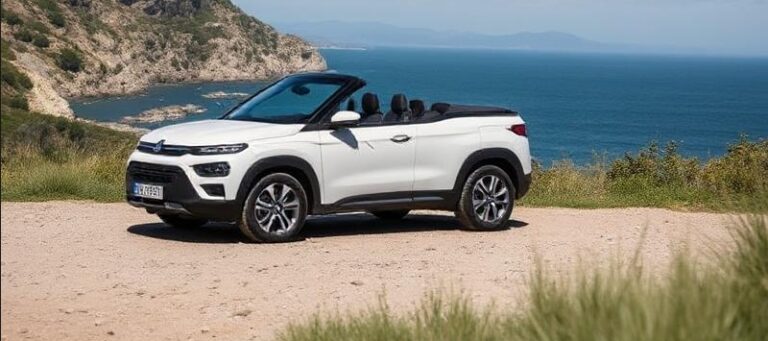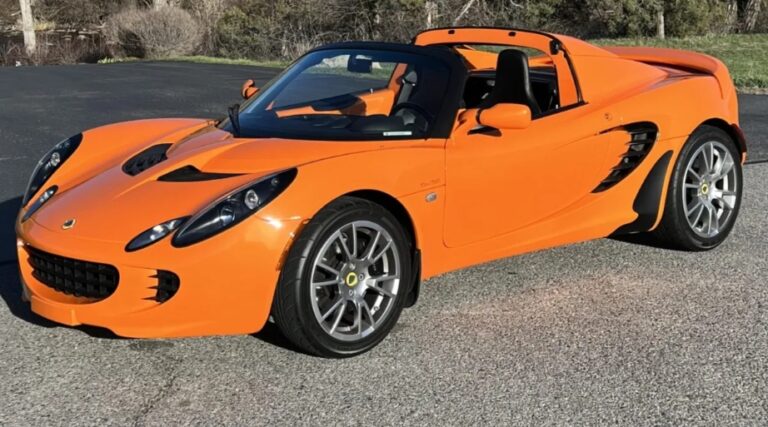The Evolution of the Citroën Xantia
The Citroën Xantia stands as a notable chapter in the history of French automotive engineering. Launched as part of Citroën’s innovative lineup during the 1990s, the Xantia combined advanced hydropneumatic suspension technology with distinctive styling and versatile engine options. Over its production span, the Xantia underwent several updates and offered a variety of models and trim levels tailored to different markets and customer preferences.
Introduction and Production Timeline
Production Years: 1993 – 2002
The Citroën Xantia was introduced in 1993 as a successor to the Citroën BX and ZX models. It was produced at Citroën’s facilities in Rennes, France, until its discontinuation in 2002. The model was succeeded by the Citroën C5, which inherited many of the technological innovations pioneered by the Xantia.
The Xantia was designed to compete in the mid-sized family car segment, offering a combination of comfort, handling, and innovative suspension systems. Its production period spanned nearly a decade, during which it saw multiple facelifts, engine updates, and trim variations.
Initial Launch and Early Models (1993–1997)
Design and Features:
The Xantia’s initial design showcased Citroën’s hallmark aerodynamic styling, with smooth lines and a distinctive front grille. One of the standout features was its hydropneumatic suspension system, offering exceptional ride comfort and adjustable ride height.
Engines:
At launch, the range included petrol and diesel engines:
- Petrol: 1.4L TU (XU9), 1.8L XU7, 2.0L XU10
- Diesel: 1.9L DW8, 2.0L DW10
Trim Levels:
Initially, the Xantia was available in several trim levels, tailored to different markets:
- SX: Base trim offering essential features.
- VSX: Mid-range with additional comfort and convenience features.
- Exclusive: Top-tier trim featuring luxury appointments, leather seats, climate control, and upgraded audio systems.
Special Editions:
During this period, Citroën also launched limited editions to boost sales, such as the “Xantia Activa,” which featured advanced active suspension technology (discussed further below).
The Xantia Activa and Active Suspension Technology (Mid-1990s)
One of the most innovative versions of the Xantia was the Activa, launched in 1995. It was a high-performance variant equipped with Citroën’s Hydractive 2+ suspension system, which allowed the car to adjust its ride height and stiffness dynamically for improved handling and stability.
Features of the Xantia Activa:
- 2.0L 16V petrol engine (TU5J4), producing around 167 hp
- Special chassis tuning for sporty driving
- Distinctive visual cues such as a lowered stance, unique bumpers, and specific badging
- Enhanced safety and handling capabilities due to active suspension control
Model Significance:
The Activa was a technological showcase, highlighting Citroën’s commitment to innovation in ride comfort and dynamic handling. It became a cult classic among enthusiasts for its unique combination of comfort and sporty performance.
Facelift and Mid-Cycle Updates (1997–2000)
In 1997, the Xantia received a significant facelift to modernize its appearance and incorporate new features:
- Revised front grille and headlights
- Upgraded interior materials and dashboard design
- Introduction of new safety features, such as improved airbags and ABS systems
Engine Updates:
During this phase, Citroën introduced more efficient engines:
- 1.8L 16V (XU7JP4)
- 2.0L 16V (XU10J4) engine options
- Diesel variants: 1.9L DW8 and the newer 2.0L DW10
Trim Levels:
The trim hierarchy remained similar but with added equipment:
- S: Entry-level with basic features
- SX: Mid-range, adding power windows, better audio, and alloy wheels
- VX: Higher trim with leather upholstery, climate control, and cruise control
- Exclusive: Top-tier with all available luxury features
Special Models:
Limited editions and special packages continued, including the Xantia VSX, emphasizing comfort and technology.
The Final Years and Discontinuation (2000–2002)
As the early 2000s approached, Citroën gradually phased out the Xantia in favor of the newer C5 model. The final updates focused on refining existing features and improving safety and emissions compliance.
Engine Lineup:
The final models featured:
- 1.8L 16V engine
- 2.0L 16V petrol engines
- Diesel options: 1.9L DW8 and 2.0L DW10
Trim Levels:
- S: Basic models, primarily aimed at cost-conscious buyers
- SX: Mid-range with added comfort
- VX: Well-equipped versions with premium features
- Exclusive: Final luxury trim level, often with leather seats, advanced audio, and optional sunroof
Special Editions:
The end of the Xantia’s production saw limited editions such as the Xantia 2.0 HDi, emphasizing diesel efficiency and modern technology.
Notable Variants and Special Models
Throughout its production run, the Xantia was notable for several special variants:
- Xantia Activa: The high-performance, active suspension sports variant with enhanced handling.
- Xantia Break: The station wagon version, offering increased practicality and cargo space.
- Xantia Exclusive: A luxury trim with premium interior features and optional extras.
- Xantia VSX: Focused on comfort and technology, often equipped with features like climate control and advanced audio.
Technological Innovations and Legacy
The Citroën Xantia was renowned for its technological innovations, particularly its hydropneumatic suspension systems:
- Hydractive 2+: An evolution of Citroën’s suspension, providing variable ride height and stiffness.
- Active Suspension: The Xantia Activa used sensors and electronic control to optimize handling dynamically.
These features contributed to the Xantia’s reputation for ride comfort and handling precision, often outperforming competitors in ride quality.
Impact and Discontinuation
The Xantia’s production concluded in 2002 as Citroën shifted focus to the C5, which continued the brand’s tradition of innovative suspension technology and comfort. The Xantia remains a beloved model among enthusiasts and collectors, especially the Activa variant, which exemplifies Citroën’s pioneering spirit.
.
You’ve got that cool car, but is it resting in its own cool place?
It’s visually pleasing for the surrounding areas outside of your home to look as awesome as what’s stored inside your garage! If you desire a truly inspirational environment, you should check into these plans!

.
Summary of Models and Trim Levels Over the Years
| Year Range | Models/Variants | Notable Trim Levels | Engine Options | Special Editions/Notes |
|---|---|---|---|---|
| 1993–1997 | Standard Xantia, Activa | SX, VSX, Exclusive | 1.4L, 1.8L, 2.0L petrol; 1.9L, 2.0L diesel | Introduction of Hydractive suspension; Activa sports model |
| 1997–2000 | Facelifted Xantia | S, SX, VX, Exclusive | 1.8L 16V, 2.0L 16V petrol; 1.9L, 2.0L diesel | Safety and design updates |
| 2000–2002 | Final models | S, SX, VX, Exclusive | Similar engines, focus on efficiency | Discontinuation and transition to Citroën C5 |
Conclusion
The Citroën Xantia epitomized innovation in the mid-sized family car segment, blending comfort, technological sophistication, and distinctive styling. Its evolution through various models and trim levels reflected Citroën’s commitment to engineering excellence, especially in suspension technology. Today, the Xantia’s legacy endures among automotive enthusiasts for its pioneering features, particularly the Hydractive suspension system and the performance-oriented Activa variant.
The Xantia remains a testament to Citroën’s philosophy of pushing automotive boundaries, setting standards for ride comfort and handling that continue to influence modern vehicle design.







